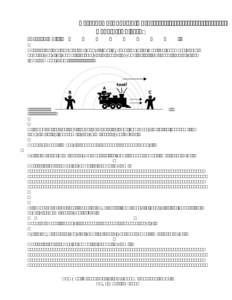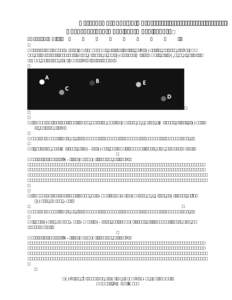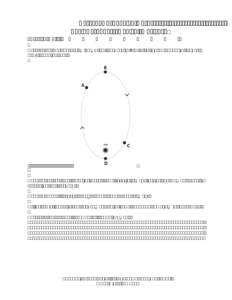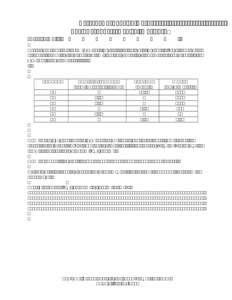121 | Add to Reading ListSource URL: astronomy101.jpl.nasa.gov- Date: 2018-02-06 17:12:31
|
|---|
122 | Add to Reading ListSource URL: astronomy101.jpl.nasa.gov- Date: 2018-02-06 17:12:29
|
|---|
123 | Add to Reading ListSource URL: astronomy101.jpl.nasa.gov- Date: 2017-09-19 16:11:13
|
|---|
124 | Add to Reading ListSource URL: astronomy101.jpl.nasa.gov- Date: 2017-09-19 16:11:13
|
|---|
125 | Add to Reading ListSource URL: astronomy101.jpl.nasa.gov- Date: 2018-02-06 17:12:30
|
|---|
126 | Add to Reading ListSource URL: astronomy101.jpl.nasa.gov- Date: 2018-02-06 17:12:29
|
|---|
127 | Add to Reading ListSource URL: astronomy101.jpl.nasa.gov- Date: 2017-09-19 16:11:14
|
|---|
128 | Add to Reading ListSource URL: astronomy101.jpl.nasa.gov- Date: 2018-02-06 17:12:31
|
|---|
129 | Add to Reading ListSource URL: astronomy101.jpl.nasa.gov- Date: 2017-09-19 16:11:14
|
|---|
130 | Add to Reading ListSource URL: astronomy101.jpl.nasa.gov- Date: 2017-09-19 16:11:14
|
|---|